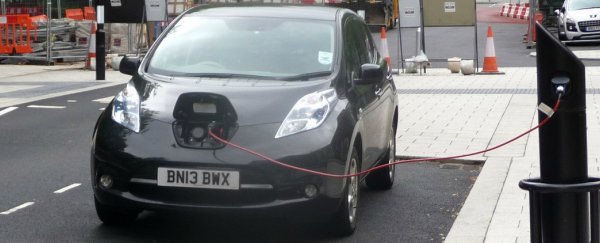Owners of electric vehicles will soon be able to make money from their environmentally friendly car choice, thanks to new technology being developed at James Cook University in Australia.
The device will sit under the car stereo and let owners know the best time to sell excess charge back to the grid, based on peak and trough periods of demand and pricing. And the new technology won't just help car owners, it will also assist energy companies prepare for the increase in electric cars on the road.
"My key aim is to help the consumer, but with many more electric cars expected on the road in the future, the electricity companies may not be able to handle the load without significant upgrades, unless many of the cars are being charged at optimum times," technology developer Kirk Martel said in a press release.
The device is just one element of the Internet of Things, which is set to revolutionise our tech-filled lives by connecting all kinds of gadgets to the Internet so they can communicate with each other. That means you can do things like monitor how much electricity is being guzzled up by individual appliances in your house, and then control their usage from anywhere in the world.
Or in this case, an iPad mini-sized screen can talk to a smart meter, which monitors peak and trough electricity times, and your car's battery, and then communicate with you about when's the best time to sell your extra charge.
But Martel's research has shown that the device will be a lot more useful than that, by collecting data on exactly how and when electric cars are being charged. So far he's found that private users plug their car in after work at a time of peak domestic demand, but fleet users charge their cars during the day, when it's peak industrial demand.
This kind of data could be crucial to electricity companies, who need to prepare for a surge in demand once more electric cars are on the market.
"The hard part is answering all the other things: how quickly do different battery types charge? When you are discharging it to the grid, how much charge do you leave in the battery for emergency trips?" said Martel. "The battery will be subject to extra wear if it is charging and discharging more often, how do you take account of that?"
The device is due to be completed by the end of the year. It comes soon after IBM donated $3 billion to the Internet of Things, so we can expect to see a lot more of these smart gadgets in the months to come.
James Cook University has recently launched Australia's first Engineering course dedicated to preparing students for a career in the Internet of Things in Cairns. Find out more.
